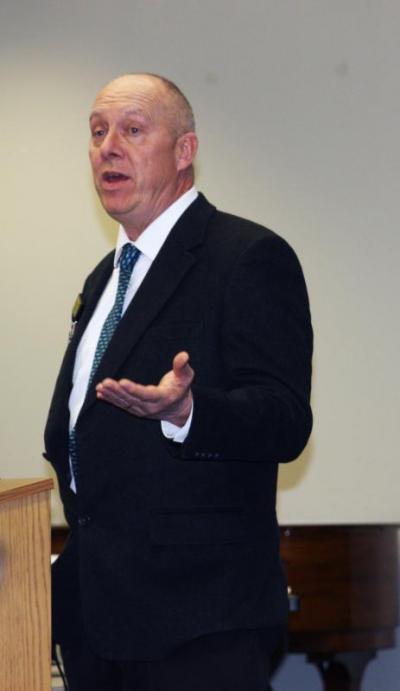Wareham School Committee hears report on link between brain injury and contact sports
Calling the link between contact sports and brain injuries “critical” for young athletes, a Wareham School Committee member invited a health expert to present the results of a new study.
On Wednesday, committee members heard from Joseph Scott, manager of injury prevention at Southcoast Health. He noted that keeping student athletes safe is an issue many school officials must consider.
“It starts with all of us,” said Scott. “It’s not up to coaches, principals, teachers and athletic trainers. Everyone has to be involved...not only to get a student back in play but also to get a student back in the classroom.”
Scott discussed several new studies on brain injuries and what they could mean for those who work with young athletes. When the brain is developing and becomes injured, it takes a long time to heal. When a person gets older, the time for healing lessens, Scott said, so it’s important to minimize head trauma in youth.
A recent study out of Boston University using eight teenagers who played contact sports found that the students had scar tissue in their brains. That was even if they had no recent signs or symptoms related to a concussion.
Though the study was small and the first of its kind, Scott explained that it showed changes in the brain can occur with repetitive injury and head trauma that is not concussive.
He said not everybody who plays a contact sport will get chronic traumatic encephalopathy, the degenerative brain disease associated with head trauma. Some people are genetically more likely to have scarring to their brain.
“The contact portion should be held off until the body is more physically mature,” Scott said.
School Committee member Geoffrey Swett, who invited Scott to speak to the School Committee, said the issue needs to be addressed for the safety of young athletes.














